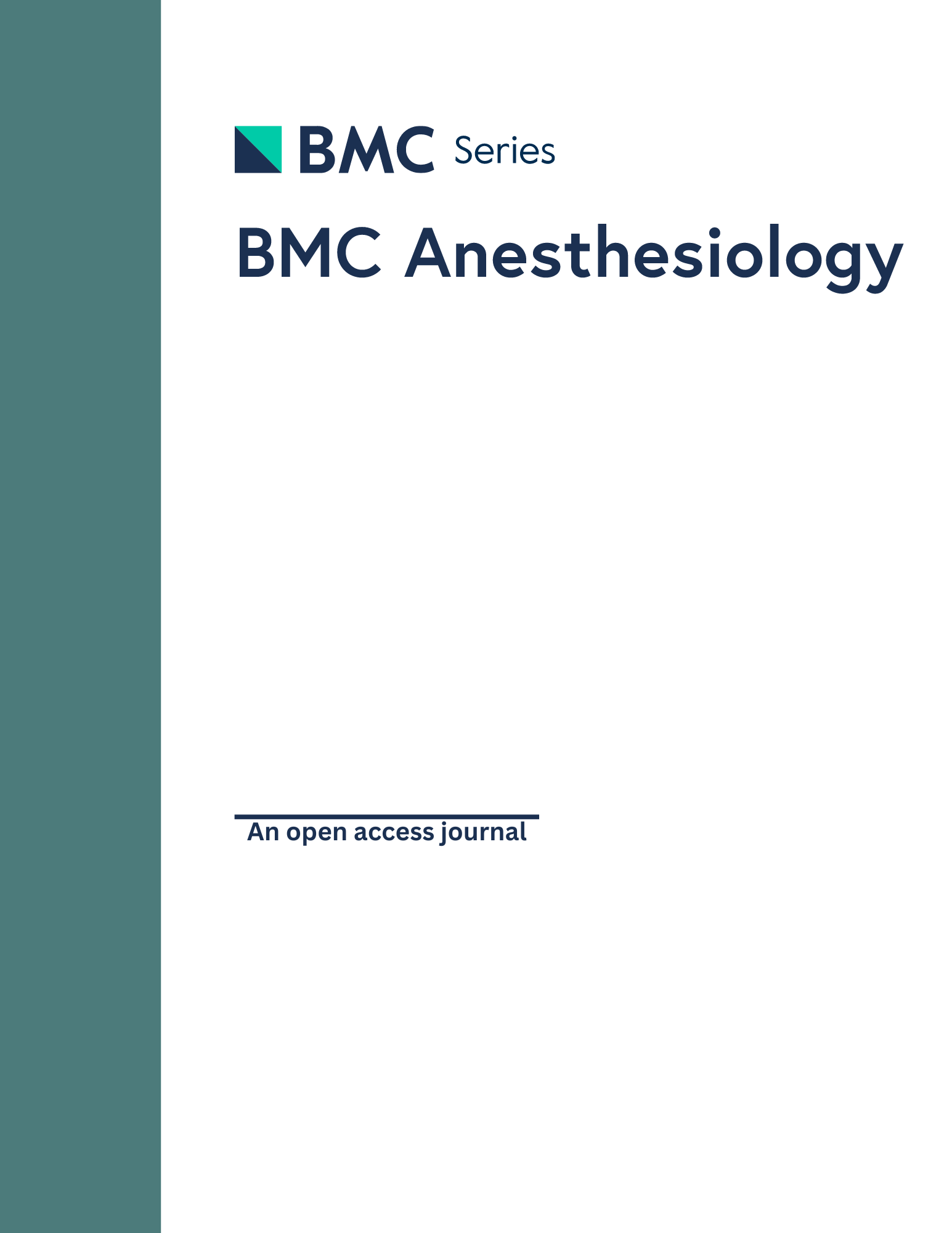
IV Dexamethasone offers postoperative pain reduction in femoral neck fracture fixation

IV Dexamethasone offers postoperative pain reduction in femoral neck fracture fixation
Postoperative analgesic effect, of preoperatively administered dexamethasone, after operative fixation of fractured neck of femur: randomised, double blinded controlled study
BMC Anesthesiol. 2016 Sep 22;16(1):79Did you know you're eligible to earn 0.5 CME credits for reading this report? Click Here
Synopsis
37 patients, over the age of 65 years, with a femoral neck fracture who were scheduled for operative fixation, were randomized to a preoperative IV dose of either dexamethasone 0.1mh/kg or placebo. The purpose of this study was to determine if preoperative dexamethasone led to a significant reduction in pain and opioid consumption over the first 3 days and 1 week after surgery. Scores for pain at rest were significantly lower in the dexamethasone group compared to the placebo group at 6 hours, and morphine consumption within the first 24 hours was significantly lower in the dexamethasone group compared to the placebo group. The difference between groups in pain scores on movement did not reach significance, and no significant differences in either pain comparison were found at subsequent follow-up time points.
Was the allocation sequence adequately generated?
Was allocation adequately concealed?
Blinding Treatment Providers: Was knowledge of the allocated interventions adequately prevented?
Blinding Outcome Assessors: Was knowledge of the allocated interventions adequately prevented?
Blinding Patients: Was knowledge of the allocated interventions adequately prevented?
Was loss to follow-up (missing outcome data) infrequent?
Are reports of the study free of suggestion of selective outcome reporting?
Were outcomes objective, patient-important and assessed in a manner to limit bias (ie. duplicate assessors, Independent assessors)?
Was the sample size sufficiently large to assure a balance of prognosis and sufficiently large number of outcome events?
Was investigator expertise/experience with both treatment and control techniques likely the same (ie.were criteria for surgeon participation/expertise provided)?
Yes = 1
Uncertain = 0.5
Not Relevant = 0
No = 0
The Reporting Criteria Assessment evaluates the transparency with which authors report the methodological and trial characteristics of the trial within the publication. The assessment is divided into five categories which are presented below.
4/4
Randomization
3/4
Outcome Measurements
0/4
Inclusion / Exclusion
2/4
Therapy Description
4/4
Statistics
Detsky AS, Naylor CD, O'Rourke K, McGeer AJ, L'Abbé KA. J Clin Epidemiol. 1992;45:255-65
The Fragility Index is a tool that aids in the interpretation of significant findings, providing a measure of strength for a result. The Fragility Index represents the number of consecutive events that need to be added to a dichotomous outcome to make the finding no longer significant. A small number represents a weaker finding and a large number represents a stronger finding.
Why was this study needed now?
Femoral neck fractures are common among elderly patients presenting with trauma, necessitating surgical fixation. Preoperative low-dose dexamethasone has been suggested as a possible addition to multimodal analgesia regimens to improve postoperative analgesic efficacy. However, there have been concerns expressed relating to a possible increase in adverse events, particularly in such an age group.
What was the principal research question?
In the fixation of femoral neck fractures, does a preoperative IV dose of dexamethasone 0.1mg/kg result in significantly lower pain scores at 6 hours postoperatively when compared to placebo saline?
What were the important findings?
- At 6 hours, NRS pain at rest scores was significantly lower in the dexamethasone group (0.8+/-1.3) compared to the placebo group (3.9+/-2.9) (p=0.0004). The difference in NRS pain on movement between the dexamethasone group (3.2+/-2.6) and placebo group (5.5+/-3.8) did not reach statistical significance (p=0.055).
- No significant differences between groups in NRS pain at rest or on movement were reported from 12h to 1 week postoperatively.
- Cumulative 24h morphine consumption was significantly lower in the dexamethasone group (7.7+/-8.3mg) compared to the placebo group (15.1+/-9.4mg) (p=0.04).
- The incidence of postoperative nausea/vomiting, sedation, and pruritus were reported to not significantly differ between groups.
What should I remember most?
In the operative fixation of a femoral neck fracture in those 65 years of age or older, the use of a preoperative dose of dexamethasone 0.1mg/kg demonstrated significantly reduced pain at rest for the first 6 hours after surgery, and significantly lower opioid consumption for the first 24 hours after surgery. Differences between groups at subsequent time points were not significant, nor was pain during movement at any time point.
How will this affect the care of my patients?
The results of this study suggest that an IV dose (0.1mg/kg) of dexamethasone prior to fixation of a femoral neck fracture may be beneficial for early pain management in older patients. Nevertheless, pain rebounded beyond 6 hours and was similar to placebo for the remainder of the follow-up period. Therefore, the use of a postoperative dexamethasone dose in multimodal analgesia regimens should be considered for investigation in future trials. Additionally, the sample size of the current study was quite small, limiting the strength of the obtained results. Larger trials are needed to confirm the findings of the current study.
Learn about our AI Driven
High Impact Search Feature
Our AI driven High Impact metric calculates the impact an article will have by considering both the publishing journal and the content of the article itself. Built using the latest advances in natural language processing, OE High Impact predicts an article’s future number of citations better than impact factor alone.
Continue



 LOGIN
LOGIN



Join the Conversation
Please Login or Join to leave comments.